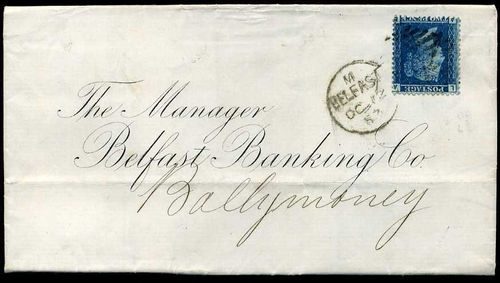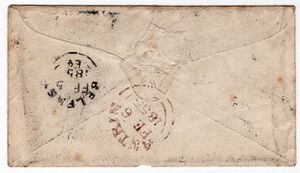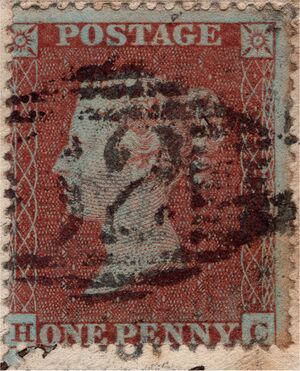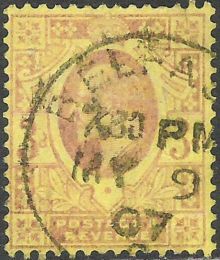Belfast (GB)
Belfast (Irish: Béal Feirste) is a city in the United Kingdom and the capital city of Northern Ireland, on the banks of the River Lagan on the east coast of Ireland. It is the largest city in Northern Ireland and second largest on the island of Ireland. It had a population of 333,871 in 2015.
By the early 1800s Belfast was a major port. It played a key role in the Industrial Revolution, becoming the biggest linen producer in the world, earning it the nickname "Linenopolis". By the time it was granted city status in 1888, it was a major centre of Irish linen production, tobacco-processing and rope-making. Shipbuilding was also a key industry; the Harland and Wolff shipyard, where the RMS Titanic was built, was the world's biggest shipyard. It also has a major aerospace and missiles industry. Industrialisation and the inward migration it brought made Belfast Ireland's biggest city and it became the capital of Northern Ireland following the Partition of Ireland in 1922. Its status as a global industrial centre ended in the decades after the Second World War.
The name Belfast is derived from the Irish Béal Feirsde, which was later spelt Béal Feirste. The word béal means "mouth" or "rivermouth" while feirsde/feirste is the genitive singular of fearsaid and refers to a sandbar or tidal ford across a river's mouth. The name would thus translate literally as "(river) mouth of the sandbar" or "(river) mouth of the ford". This sandbar was formed at the confluence of two rivers at what is now Donegall Quay: the Lagan, which flows into Belfast Lough, and its tributary the Farset. This area was the hub around which the original settlement developed. The Irish name Béal Feirste is shared by a townland in County Mayo, whose name has been anglicised as Belfarsad.
An alternative interpretation of the name is "mouth of [the river] of the sandbar", an allusion to the River Farset, which flows into the Lagan where the sandbar was located. This interpretation was favoured by Edmund Hogan and John O'Donovan. It seems clear, however, that the river itself was named after the tidal crossing.
In Ulster-Scots, the name of the city has been variously translated as Bilfawst, Bilfaust or Baelfawst, although "Belfast" is also used. Belfast was allocated the Irish diamond 62 numeral
Postmark Examples
 Belfast 62 elongated diamond cancel, sent to Shane's Castle, Co Antrim |
Sub-Office cancels
Abbey Place
In the Holywood area to the South East coast of the river estuary in Belfast, The post office is now relocated one street away and is named Loughview Sub Post Office.













